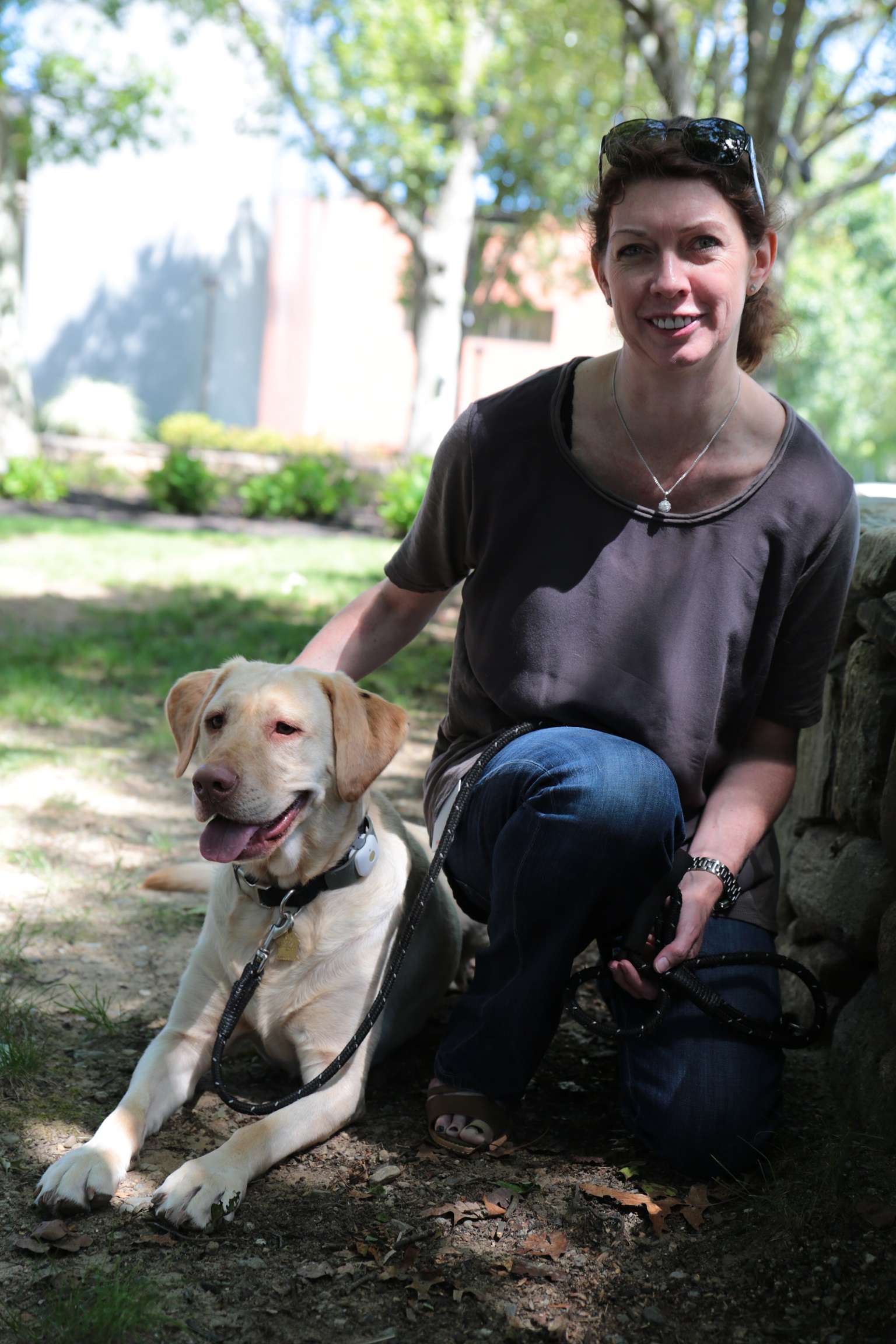A Q&A With WellPet CEO Camelle Kent
Glenn Polyn //June 29, 2017//
Q: Your company purchased Sojos earlier this year. How does Sojos fit into WellPet’s philosophy?
A: Ward and Maggie Johnson had a very similar mission when they founded Sojos to our WellPet ethos: a goal of transforming the lives of pets by providing the very best natural nutrition. The Sojos team measures success by the number of dogs’ lives transformed. Raw food and treats can have a tremendous impact on pets’ overall health, and we wanted to be able to offer our customers a convenient and nutritious way to feed raw.
Q: What was the motivating factor for WellPet’s acquisition of WHIMZEES?
A: We had been watching WHIMZEES grow exponentially over the last few years and admired [the company’s] work from a professional standpoint, as well as a personal one, with a large number of WellPet employees already feeding our own dogs WHIMZEES. WHIMZEES has a great brand, great products and a state-of-the-art manufacturing facility in Holland, all of which made for the perfect partner to help us enter the fast-growing natural dental space.
Q: What value do you see in the natural cat food category?
A: I think there’s tremendous opportunity in the natural cat food category. There are actually more cats than there are dogs in the U.S., and I think this is partly because millennials are delaying parenthood and opting for pet parenthood instead. Many of these young adults live in urban areas where cats are just a more realistic companion—they’re more independent and better suited for apartment life than dogs. But frankly, people just don’t talk about cat nutrition as often as they talk about dog nutrition. As an industry, we can make cats more of a priority.
Q: Why do you think pet owners are embracing raw nutrition?
A: First, as pet parents continue to treat their pets as children, they want the same diet philosophy for their pets as they do themselves. There is a huge movement toward natural, non-GMO products that are less processed. Second, I think that pet parents are trying to replicate the ancestral diets of their pets; meals that mimic the way they would eat in nature are perceived as better. While there used to be concerns about cost, safety and mess that came with feeding raw diets, innovation has helped create new categories that reduce that “ick” factor.
Q: How would you describe the term “alternative feeding?”
A: Fresh, less processed food—that’s it. I think when we call it alternative feeding, we make it sound unapproachable. As brands playing in this space, we have defined the category by manufacturing processes: dehydrated, raw and freeze dried. It would be like calling kibble “extruded.” We are making it incredibly complicated for the pet parent who is looking for a diet made with ingredients they understand and a minimal amount of processing.



















